![]()
![]()
![]()
Use LEFT and RIGHT arrow keys to navigate between flashcards;
Use UP and DOWN arrow keys to flip the card;
H to show hint;
A reads text to speech;
65 Cards in this Set
- Front
- Back
|
Causes of dementia:
8 |
-Vascular disease (including multi-infarct dementia)
-Parkinson’s disease -Pick’s disease -Huntington’s disease -Normal pressure hydrocephalus -Metabolic diseases, including Vitamin B12 deficiency, Chronic drug intoxication, hypothyroidism, and alcoholism -Infectious causes, including HIV, neurosyphilis, and bacterial meningitis -Major depression *They all reduce the number of functional neurons/synapses below a critical level. |
|
|
Cardinal signs of dementia:
2 |
-Lost short term memory
-Difficulty in ADLs |
|
|
How many people have AD at age 85?
|
50% of people that age.
|
|
|
Neurofibrillary tangles:
shape composition |
-Intracellular inclusion bodies consisting of paired helical filaments that appear in a characteristic double-helix shape
-Filaments appear to be composed of a hyperphosphorylated microtubule-associated protein called tau -Remains of damaged neuronal microtubules |
|
|
Particularly affected regions of brain in AD?
|
Hc, frontal lobes, association cortical areas.
|
|
|
hirano bodies
|
intracellular cigar-shaped inclusions made of actin
found in AD |
|
|
Granulo-vacuolar Degeneration:
|
-inclusions made of tubilin
found in AD |
|
|
Brain in Down's:
|
Small brain with abnormal gyral pattern
Decreased neuronal populations Abnormality of neuronal structure (simplification of dendritic arbor) |
|
|
-most successful drugs to date in treating AD?
|
-cholinergic drugs targeting the NBM. gives you about another 6 months.
|
|
|
Chromosomes associated with AD:
-ones linked with early-onset AD? -genes linked to late-onset AD? |
-Research has produced evidence of a link between Alzheimer’s disease and chromosomes 1,10,14,19 and 21
-Chromosomes 1,14,and 21 have been linked with early-onset Alzheimer’s disease (familial AD), an extremely rare form of the disease (10%) -ApoE4 gene located on chromosome 19 has been associated with late-onset (sporadic) Alzheimer’s disease, the most common form of the disease, so has Beta-Catenin gene on chromosome 10. (90%) |
|
|
Pick's Disease:
|
-Progressive dementia in middle or late life
-Higher incidence in males -Cerebral gyral atrophy of FRONTAL and TEMPORAL lobes, sparing posterior 2/3 of the superior temporal gyrus -Pick bodies and “balloon” cells |
|
|
Pathology of PD:
|
-Lewy bodies
-Loss of neuromelanin-bearing nerve cells |
|
|
Parkinsonism caused by:
6 |
-Carbon monoxide,
-drugs (e.g.phenothiazines), -manganese, -arteriosclerosis (?), -encephalitis (esp. von Economo’s disease), -ALS-PD |
|
|
Diffuse Lewy Body Disease:
|
-AKA dementia w/ LBs
-LBs not just in SN, but throughout the whole brain -2nd most common cause of dementia |
|
|
Progressive Supranuclear Palsy:
|
Postural instability, dysphagia/dysarhria, supranuclear gaze palsy, marked axial rigidity
-Neurofibrillary tangles in many subcortical structures (accumulation of tau protein) DEEP BRAIN -Resistant to treatment with antiparkinsonian agents, but clinically resembles PD. |
|
|
HD:
|
-Chorea, neuropsychiatric disturbances, progressive dementia
-Gene linked to chromosome 4 and identified (huntingtin); “unstable repeat disease” -Atrophy of caudate and dorsal putamen -Treatment is symptomatic |
|
|
ALS:
|
-Atrophic weakness of hands and forearms, slight spasticity of the legs, and generalized hyperreflexia, with normal sensation
-Degeneration of anterior horn cells and lower brainstem motor nuclei with gliosis -Loss of large myelinated fibers in motor nerves -Skeletal muscle shows denervation atrophy -Corticospinal tract degeneration |
|
|
Olivopontocerebellar atrophy:
|
-Ataxia: first in legs, then in arms/hands and bulbar musculature
-Some develop symptoms of Parkinsonism -Degeneration of MCP’s, cerebellar white matter, and the pontine, olivary, and arcuate nuclei; Purkinje cell loss variable -“Dying-back” of axons; secondary myelin loss -Part of “multiple system atrophy” |
|
|
Friedreich's Ataxia:
|
-Most common spastic hereditary ataxia
-Gene mapped chromosome 9 but not identified (autosomal recessive inheritance) -Degeneration of posterior columns, Clarke’s nucleus, spinocerebrellar tracts (especially dorsal), distal corticospinal tracts -50% die from cardiac arrhythmias |
|
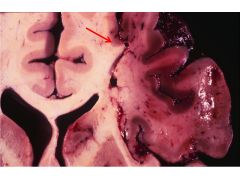
|
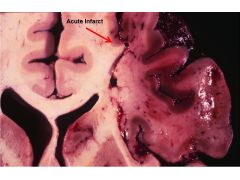
|
|

|
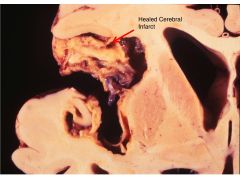
|
|
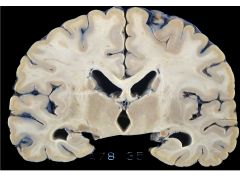
|
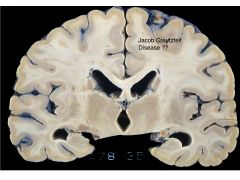
|
|
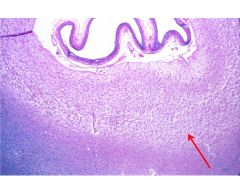
|
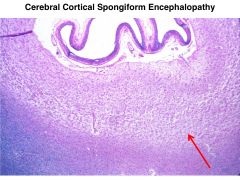
|
|

|
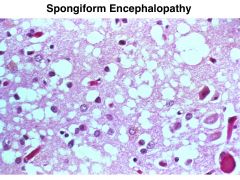
|
|
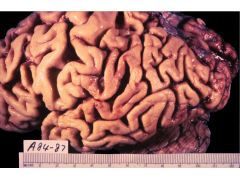
|

|
|
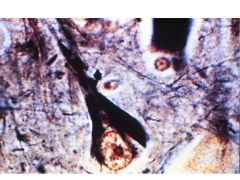
|
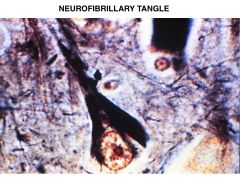
|
|
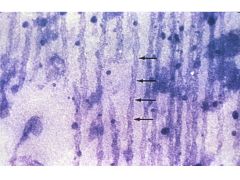
|

|
|
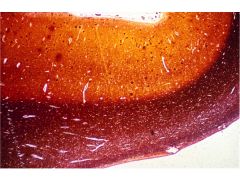
|
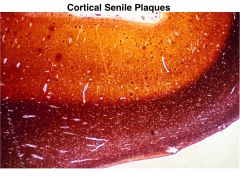
|
|
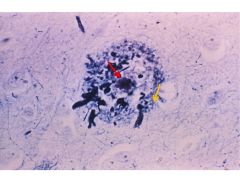
|
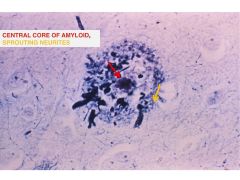
|
|
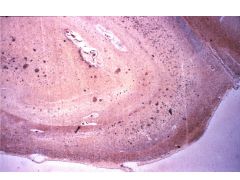
|
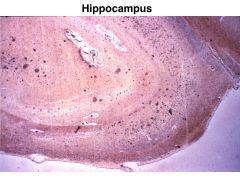
|
|
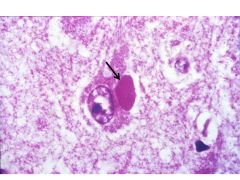
|
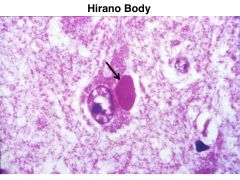
|
|
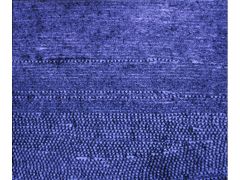
|
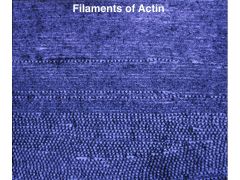
|
|
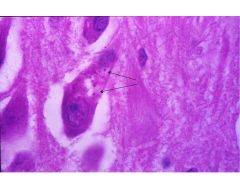
|
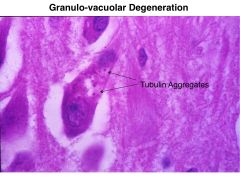
|
|
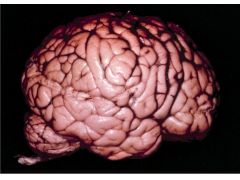
|
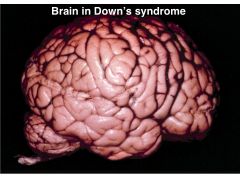
|
|
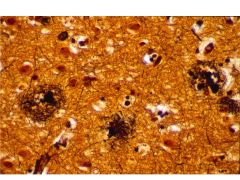
|
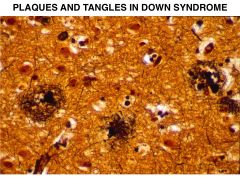
|
|
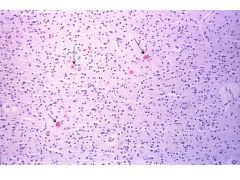
|
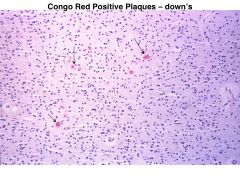
|
|
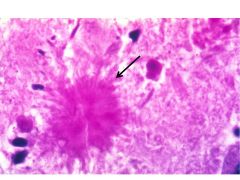
|
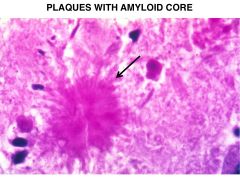
|
|
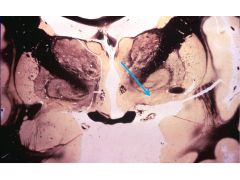
|
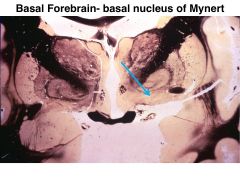
|
|

|
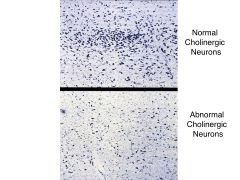
|
|
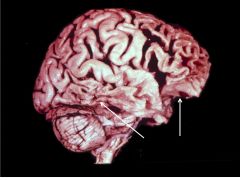
|
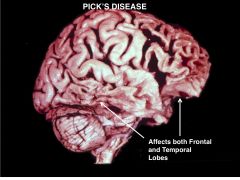
|
|
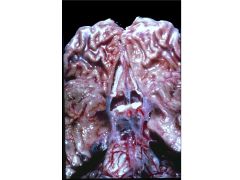
|
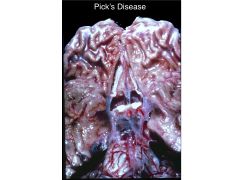
|
|
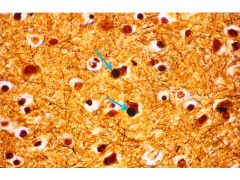
|
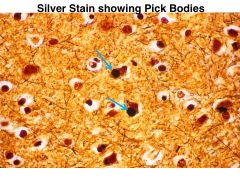
|
|
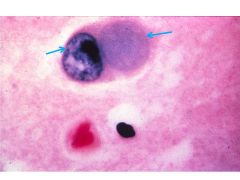
|
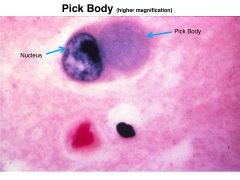
|
|

|
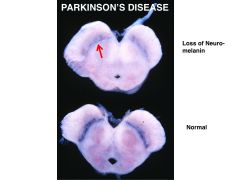
|
|
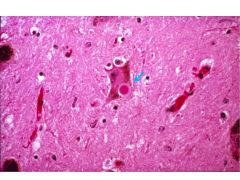
|

|
|

|
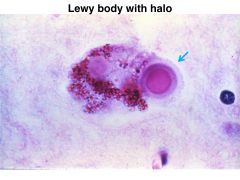
|
|
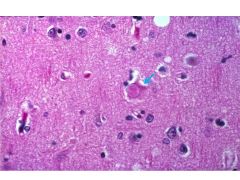
|
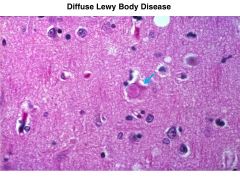
|
|

|
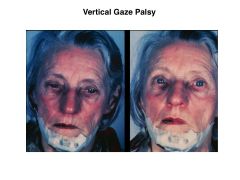
|
|
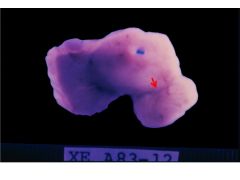
|
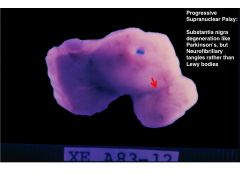
|
|
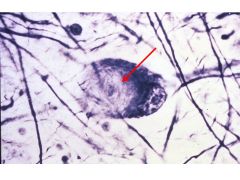
|
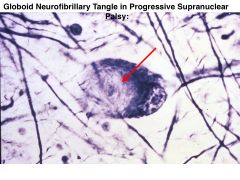
|
|

|
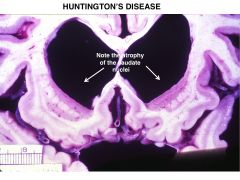
|
|
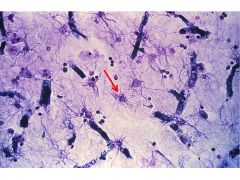
|
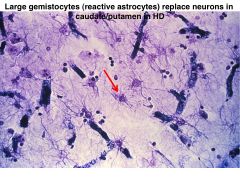
|
|
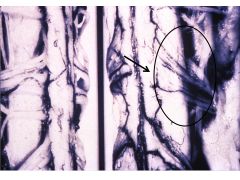
|
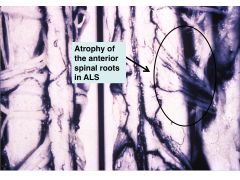
|
|

|
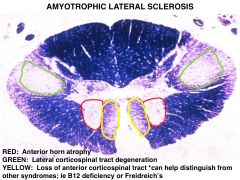
|
|
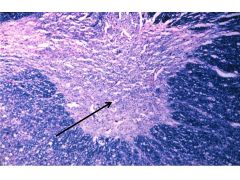
|

|
|
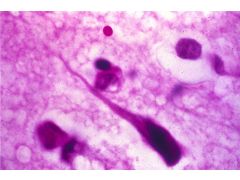
|
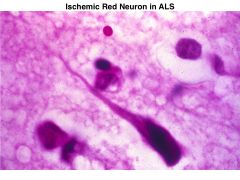
|
|
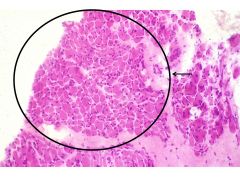
|
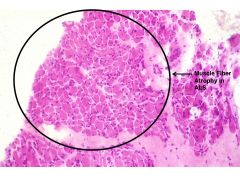
|
|
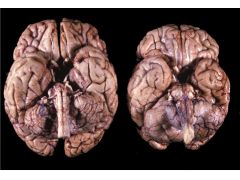
|
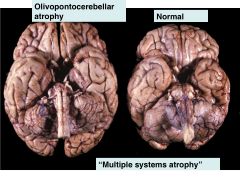
|
|
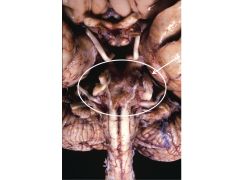
|
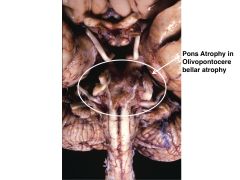
|
|
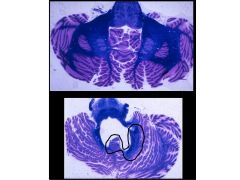
|
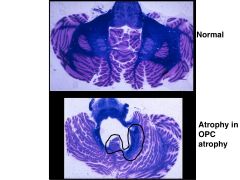
|
|
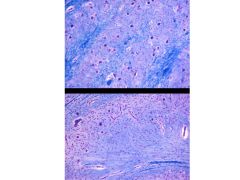
|
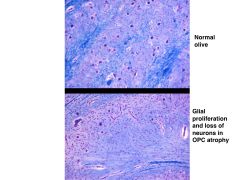
|
|
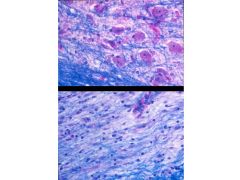
|

|
|

|
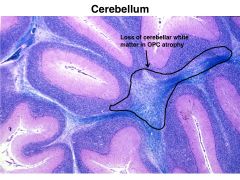
|
|
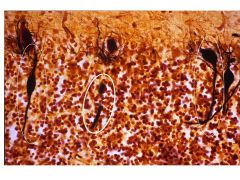
|
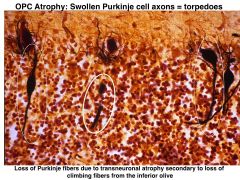
|
|
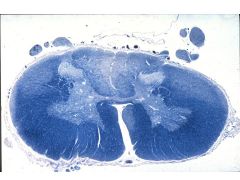
|
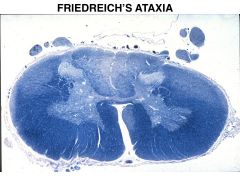
|

